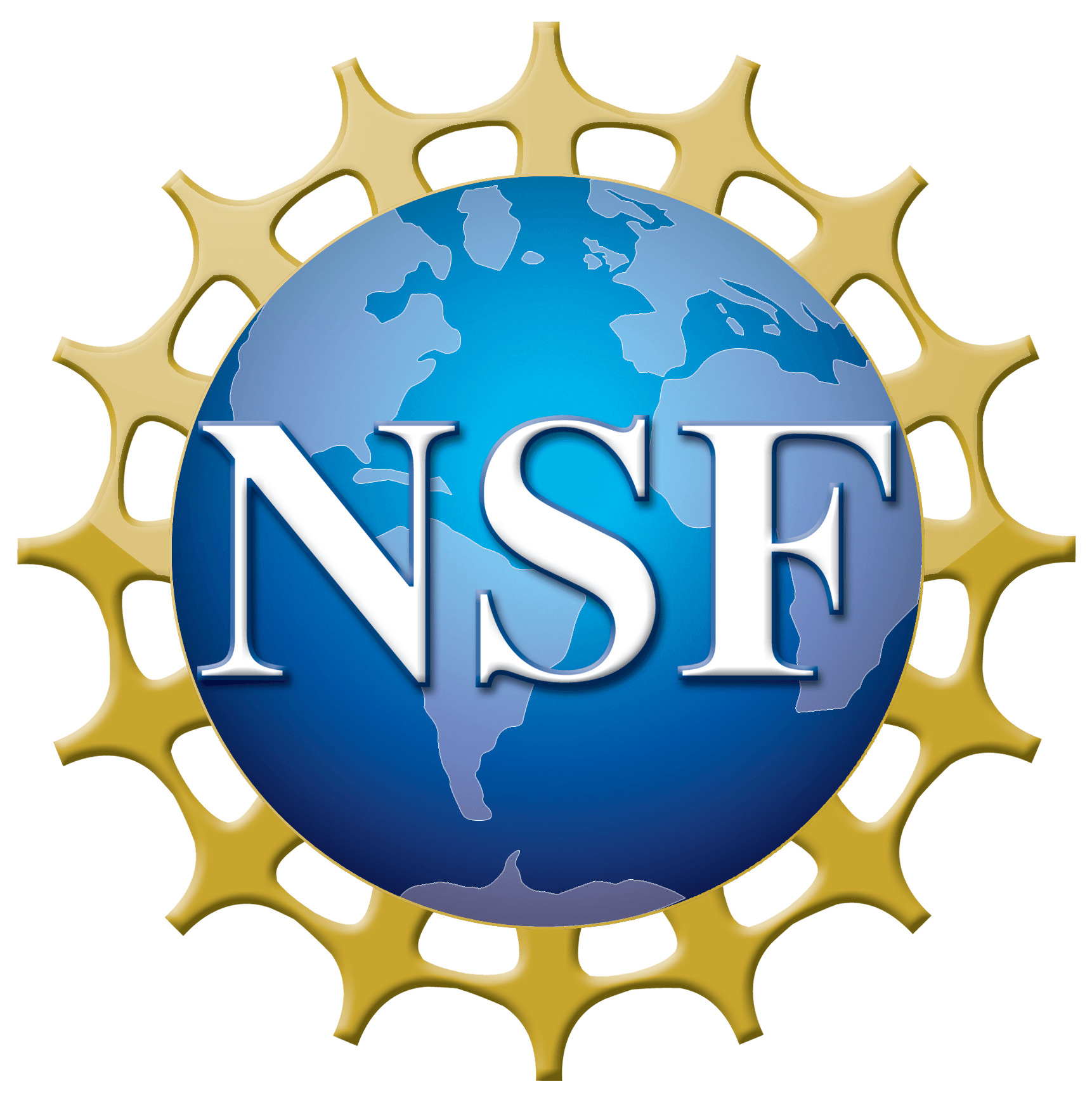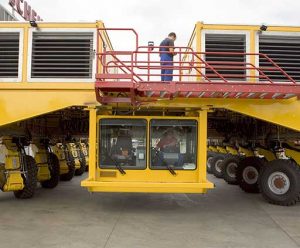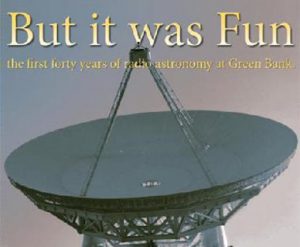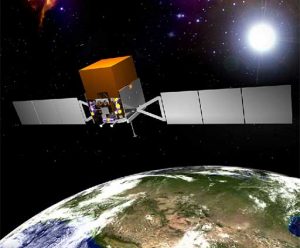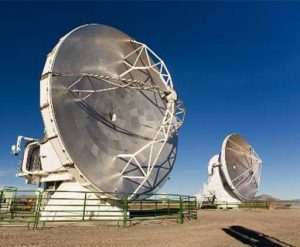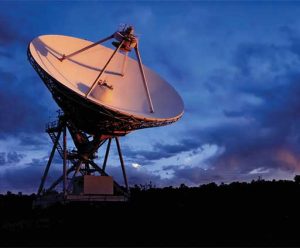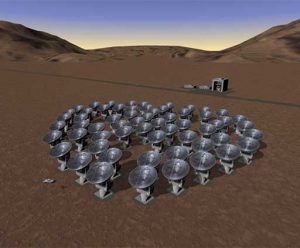The first of two ALMA transporters — unique vehicles designed to move high-tech radio-telescope antennas in the harsh, high-altitude environment of the Atacama Large Millimeter/submillimeter Array — has been completed and passed its initial operational tests.
History Of Radio Astronomy Book
A new book published by the National Radio Astronomy Observatory tells the story of the founding and early years of the Observatory at Green Bank, West Virginia. But it was Fun: the first forty years of radio astronomy at Green Bank, is not a formal history, but rather a scrapbook of early memos, recollections, anecdotes and reports.
NRAO Teams With NASA Gamma-Ray Satellite
The National Radio Astronomy Observatory is teaming with NASA’s upcoming Gamma-ray Large Area Space Telescope to allow astronomers to use both the orbiting facility and ground-based radio telescopes to maximize their scientific payoff.
ALMA Achieves Major Milestone With Antenna-Link Success
The Atacama Large Millimeter/submillimeter Array, an international telescope project, reached a major milestone on March 2, when two ALMA prototype antennas were first linked together as an integrated system to observe an astronomical object.
VLBA’s First Decade
Scientists from around the globe are gathered in Socorro, New Mexico, to mark the tenth anniversary of the National Science Foundation’s Very Long Baseline Array (VLBA) , a continent-wide radio telescope that produces the most detailed images of any instrument available to the world’s astronomers.
U.S. and European ALMA Partners Sign Agreement
Dr Rita Colwell, director of the U.S. National Science Foundation, and Dr Catherine Cesarsky, director general of the European Southern Observatory, today signed a historic agreement jointly to construct and operate ALMA, the Atacama Large Millimeter Array, the world’s largest and most powerful radio telescope operating at millimeter and sub-millimeter wavelengths.




